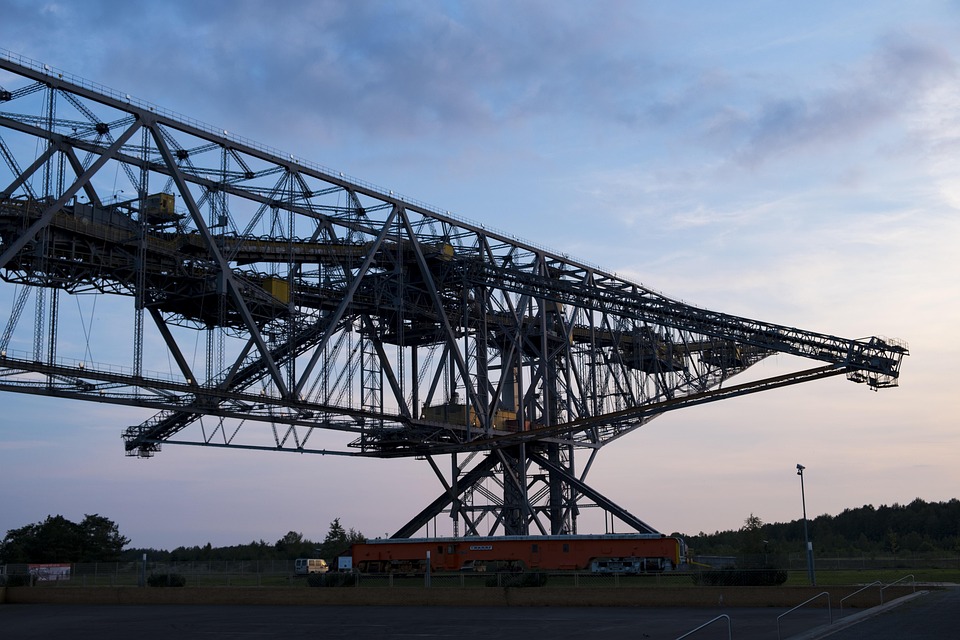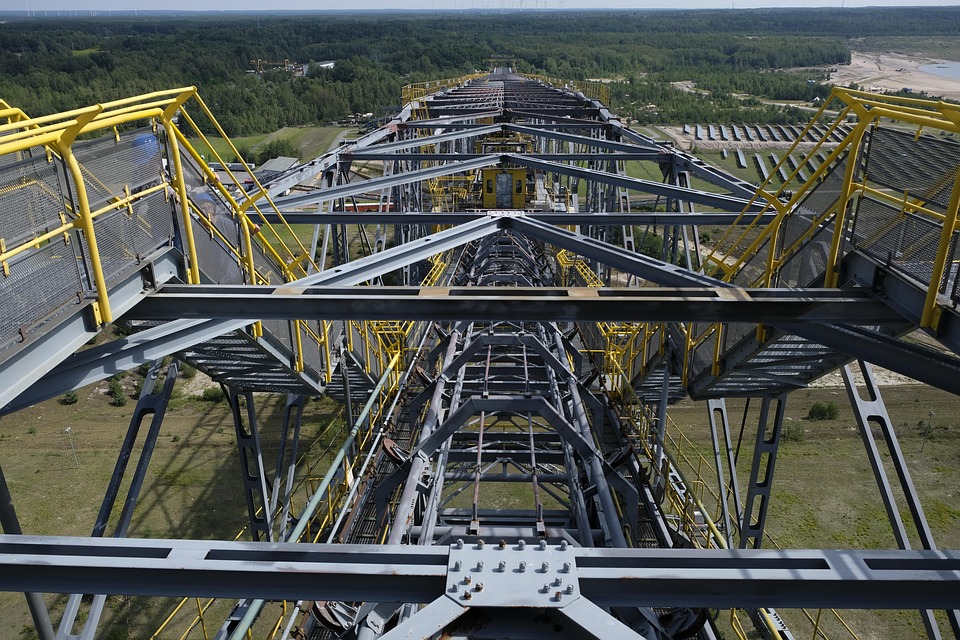“There is currently little-to-no production of these two elements in the United States, and we rely to an alarming extent on importing them,” Alagha says. “If successfully implemented, our research could lead to a much stronger domestic supply of these important resources.”
She says recovering gallium and germanium from the wastes created when processing copper is an unconventional approach, but this type of out-of-the-box thinking is necessary for the U.S. to have a more resilient supply of critical minerals.
Both gallium and germanium are more often recovered as a byproduct of other metal refining process, such as with aluminum, zinc and lead, but Alagha says it should be possible to recover both of the elements with the chemical compounds she will develop to dissolve the waste products and with the new purification techniques she will test after that.
Co-principal investigators from Missouri S&T for this project are Dr. Michael Moats, chair and professor of materials science and engineering, and Dr. Marek Locmelis, associate professor of geosciences and geological and petroleum engineering at S&T and faculty fellow in research and innovation.
“Rio Tinto is constantly looking for better ways to extract critical minerals from our byproduct streams,” Dr. Saskia Duyvesteyn, Rio Tinto’s chief advisor of research and development said in the release.
“After starting production of tellurium in 2022, we are excited to explore new techniques to produce gallium and germanium compounds in partnership with Dr. Alagha and Missouri S&T. Demand for these critical minerals used in high-tech applications is only going to grow, and we are proud to support efforts to increase domestic production.”









